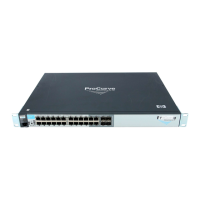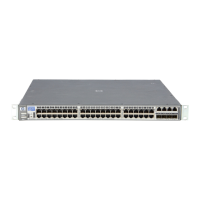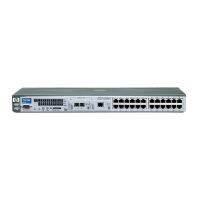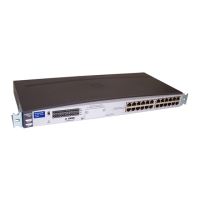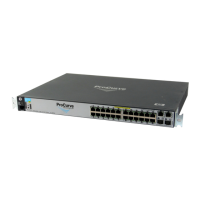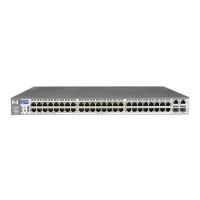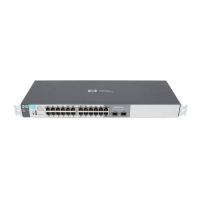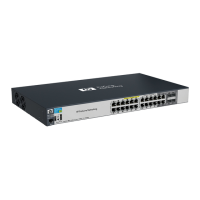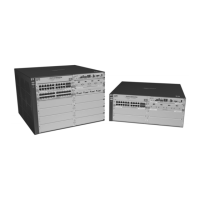Configuring for Network Management Applications
Using SNMP Tools To Manage the Switch
SNMPv3 Notification and Traps
The switches covered in this guide support the SNMPv3 notification process.
They also support version 1 or version 2c traps. For more information on
version 1 or version 2c traps, refer to “SNMPv1 and SNMPv2c Trap Features”
on page 14-19. The SNMPv3 notification process allows for the messages
passed to be authenticated and encrypted if you choose. To set up a SNMPv3
notification there are three steps:
1. Establish a Notification with the snmpv3 notify command
2. Point the notification to an Address with the snmpv3 targetaddress com-
mand.
3. Establish a parameter record for the target address with the snmpv3
params command.
Syntax: [no] snmpv3 notify <notify_name> tag <tag_name>
This adds or deletes a notification request. To remove
a mapping you only need the < notify_name >.
[no] snmpv3 targetaddress < name > params
< parms_name > < ip-addr >
Add or delete an address where notification messages
are sent. The < tag > value must match the tag value of
a notify entry.
filter < none | debug | all | not-info | critical>
This filters messages to restrict the types of messages
transmitted to an address. (Default: none)
udp-port < port >
This specifies the UDP port to use. (Default: 162)
port-mask < mask >
Used to specific a range of UDP ports. (Default: 0)
addr-mask < mask >
Used to specify a range of addresses as destinations for
notify messages. (Default: 0)
retries < value >
Number of times to retransmit a message when no
response is reviewed. (Default: 3) Range: 1-255.
14-17
